
- +91 7010102832
- +91 9444338475


Doctor 1 Teleclinic software represent a transformative shift in healthcare, leveraging technology to provide medical services remotely. These innovations are particularly beneficial for elder care, remote patient monitoring, and the integration of AI and robotics, enhancing the quality of life for older adults and individuals with chronic conditions. Here’s a comprehensive look at how our D1TC telemedicine software is shaping the future of healthcare.
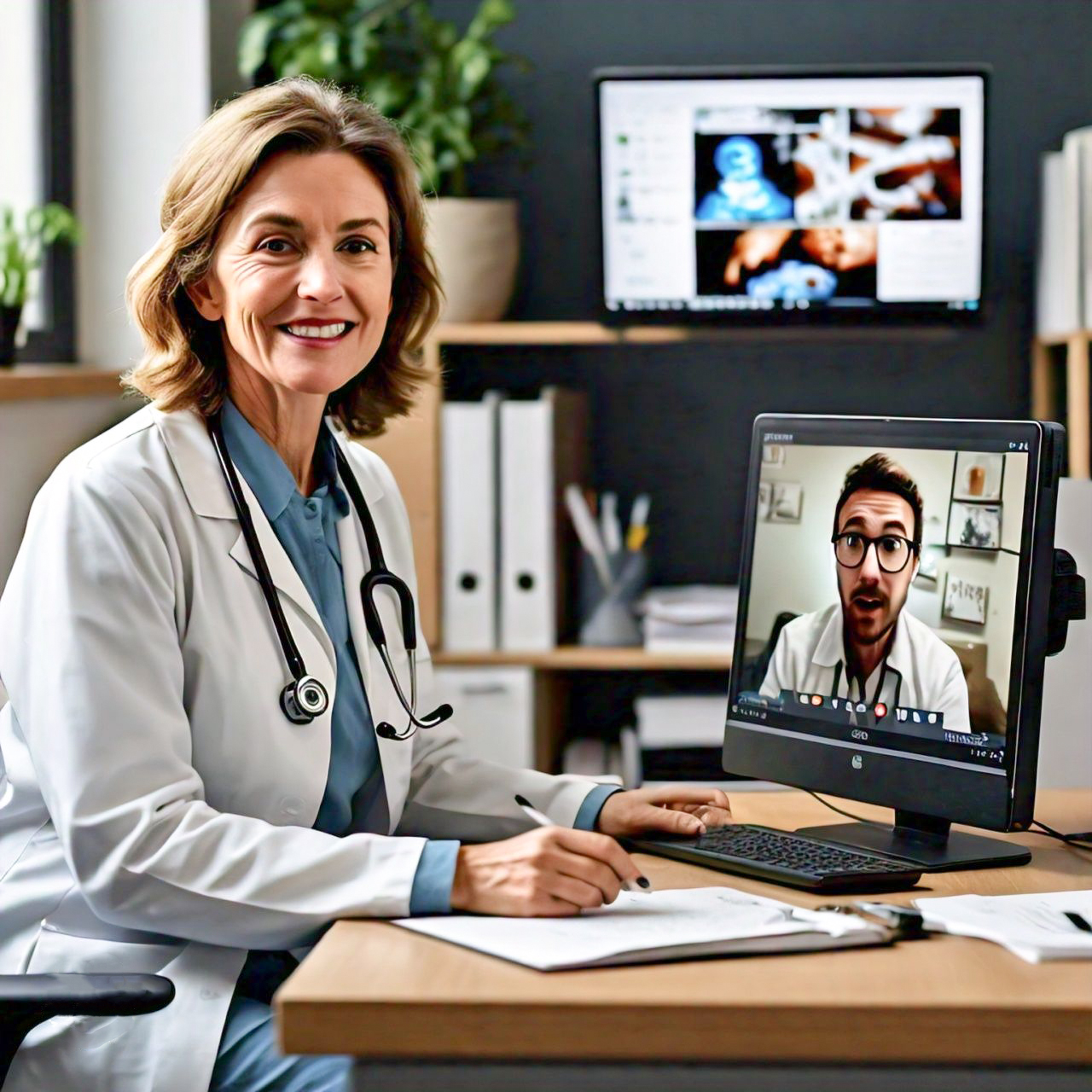
Personalized Care Plans: Telemedicine platforms enable healthcare providers to create customized care plans tailored to the specific needs of elderly patients, ensuring continuous and coordinated care.
Reduced Hospital Visits: Through virtual consultations, elderly patients can receive medical advice and follow-up care without the need to travel, reducing the risk of exposure to infections and minimizing physical strain.
Medication Management: D1TC software includes medication management tools, helping patients and caregivers keep track of prescriptions, dosages, and schedules, thus preventing medication errors.
Mental Health Support: Remote access to mental health professionals ensures that elderly patients receive necessary psychological support, combating loneliness, anxiety, and depression.
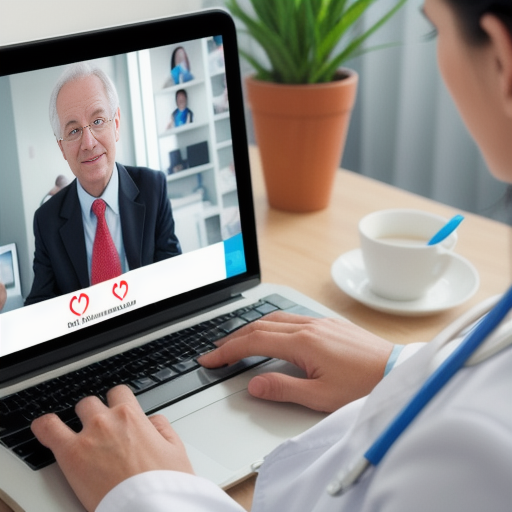
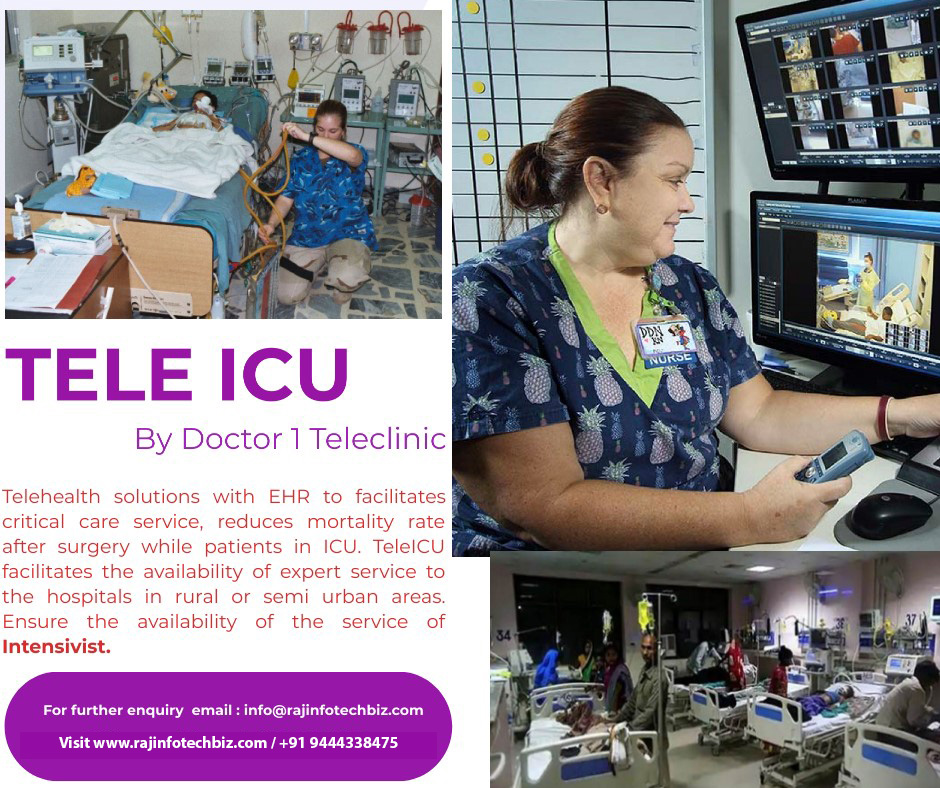
Continuous Health Monitoring: Telemedicine platforms equipped with remote patient monitoring tools allow for the continuous tracking of vital signs such as heart rate, blood pressure, and glucose levels, providing real-time data to healthcare providers.
Early Detection of Health Issues: With continuous monitoring, healthcare providers can detect potential health issues early and intervene promptly, preventing complications and hospitalizations.
Integration with Wearables: Our telemedicine system integrate with wearable devices, providing seamless data collection and enhancing the accuracy of health monitoring.
Emergency Response: In case of emergencies, remote monitoring systems can trigger alerts to healthcare providers and emergency services, ensuring timely intervention.
AI-Powered Diagnostics: Artificial intelligence algorithms analyse patient data to assist in diagnosing medical conditions, offering recommendations and predictive analytics to healthcare providers.
Robotic Assistants: Robotics in elder care can assist with daily activities such as mobility, medication dispensing, and even companionship, improving the quality of life for elderly patients.
Virtual Health Assistants: AI-driven virtual health assistants can provide 24/7 support, answering health-related queries, scheduling appointments, and offering reminders for medications and appointments.
Personalized Health Insights: AI algorithms analyse vast amounts of health data to provide personalized health insights and recommendations, aiding in preventive care and personalized treatment plans.
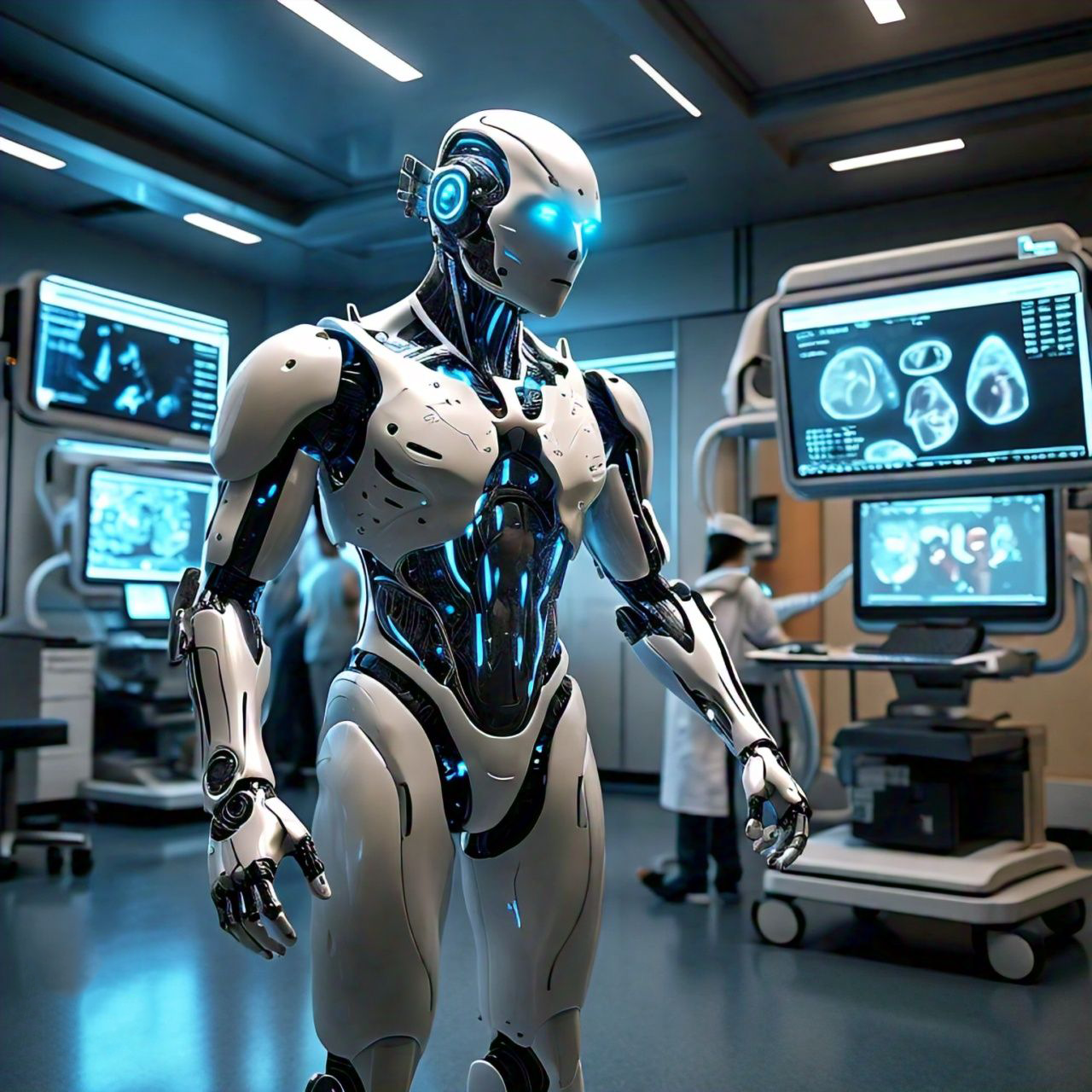
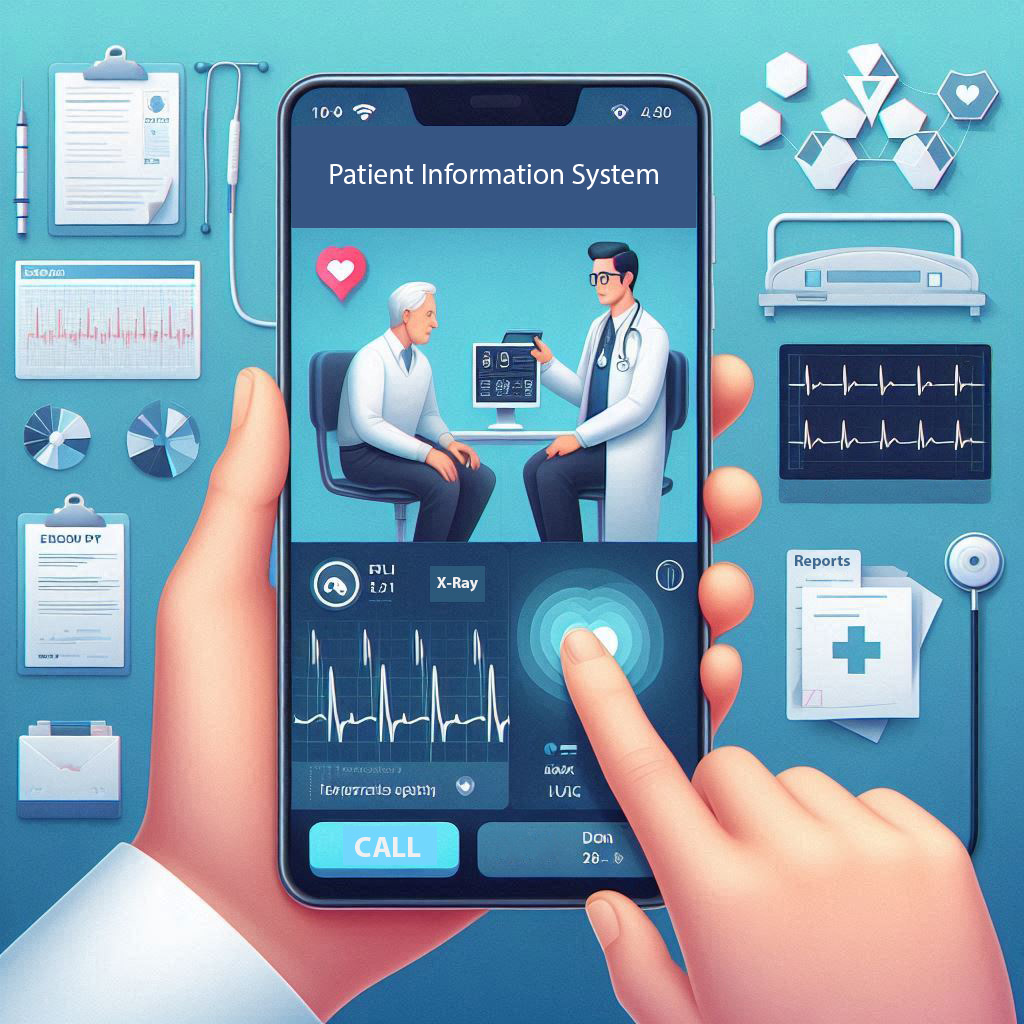
Accessible Design: Easy-to-use interfaces tailored for elderly patients.
Multi-Platform Support: Accessible via smartphones, tablets, and computers.
Language and Visual Aid: Features such as large text, voice commands, and multiple language options to cater to diverse needs.
Data Security: End-to-end encryption and compliance with healthcare regulations (e.g., HIPAA).
Privacy Controls: Patients have control over their data and who can access it.
Accessibility: Provides access to healthcare services for elderly individuals living in remote or underserved areas.
Convenience: Reduces the need for travel, making it easier for elderly patients to receive care from the comfort of their homes.
Cost-Effective: Decreases healthcare costs by reducing the number of hospital visits and leveraging efficient remote monitoring.
Enhanced Communication: Facilitates better communication between patients, caregivers, and healthcare providers, ensuring a cohesive care approach.
Continuous Monitoring: Ensures timely interventions and better management of chronic conditions.
Improved Outcomes: Proactive care and early detection of issues lead to better health outcomes.
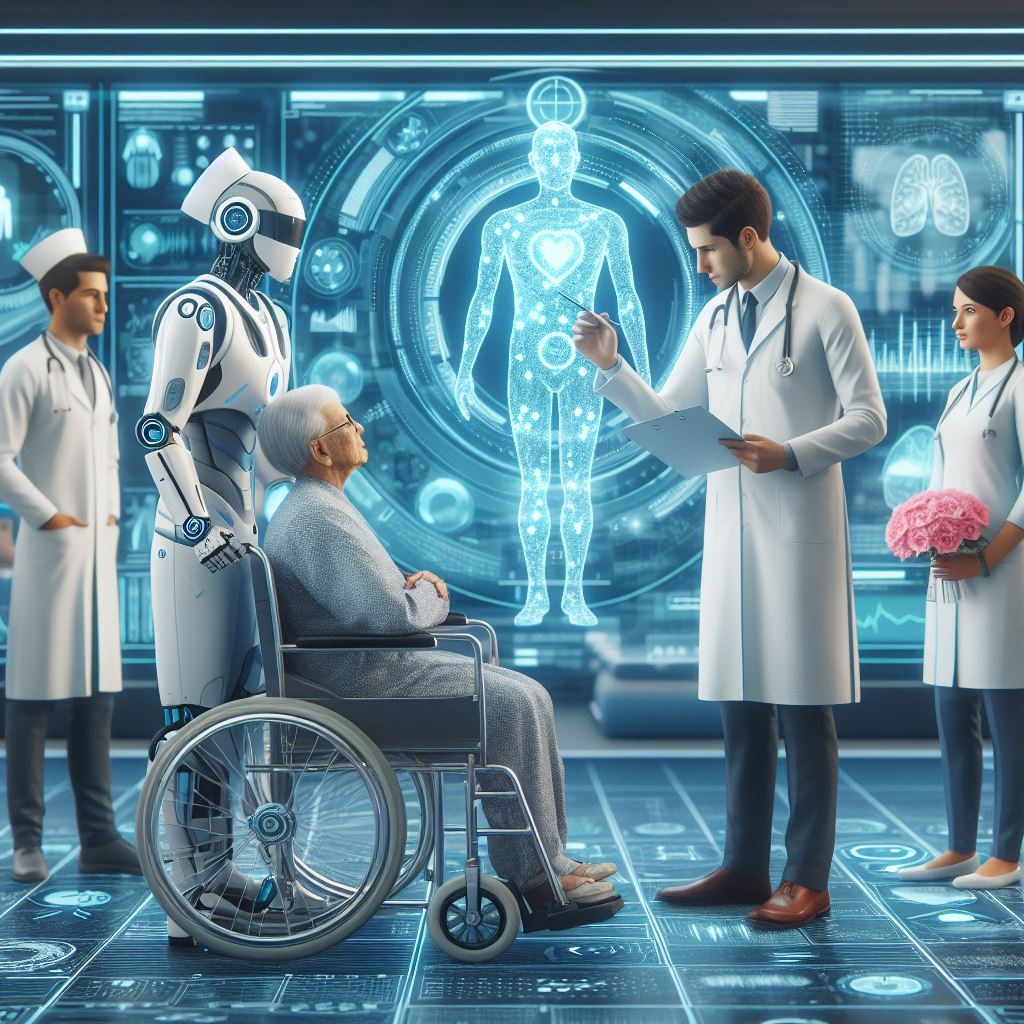
The future of telemedicine in elder care looks promising with advancements in AI, machine learning, and robotics. The integration of these technologies will continue to enhance the capabilities of telemedicine platforms, offering more comprehensive, efficient, and personalized care solutions. As technology evolves, we can expect even greater improvements in patient outcomes, quality of life, and overall healthcare delivery.
 Chat with us ⬆️
Chat with us ⬆️